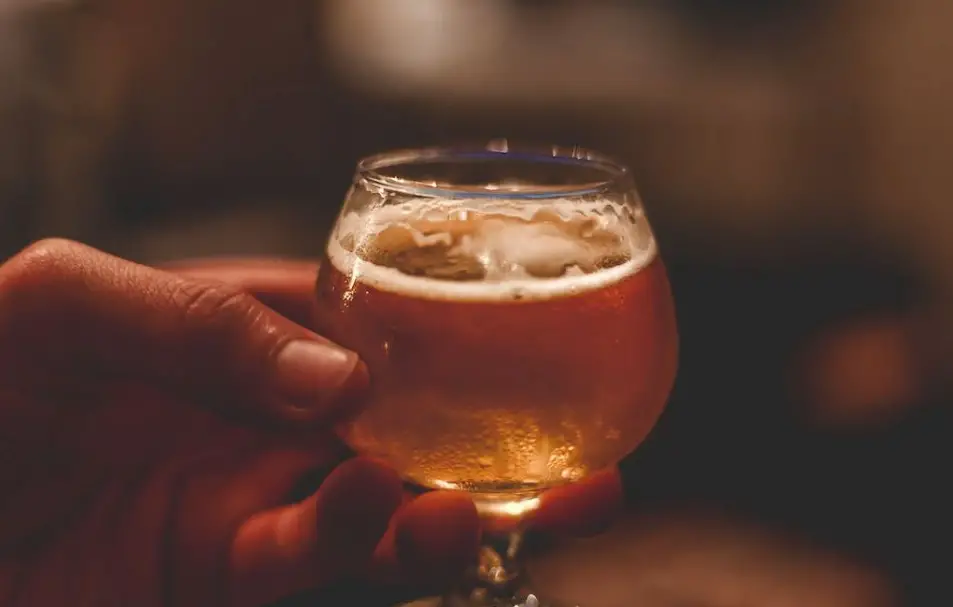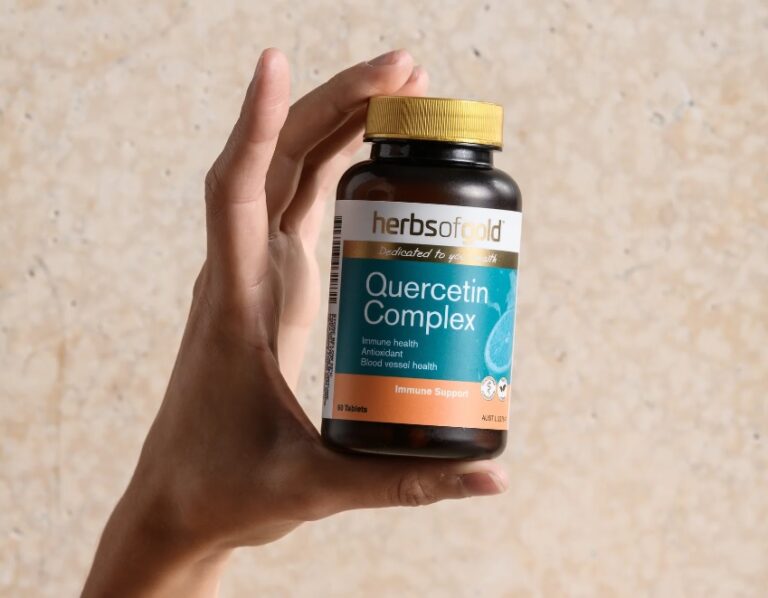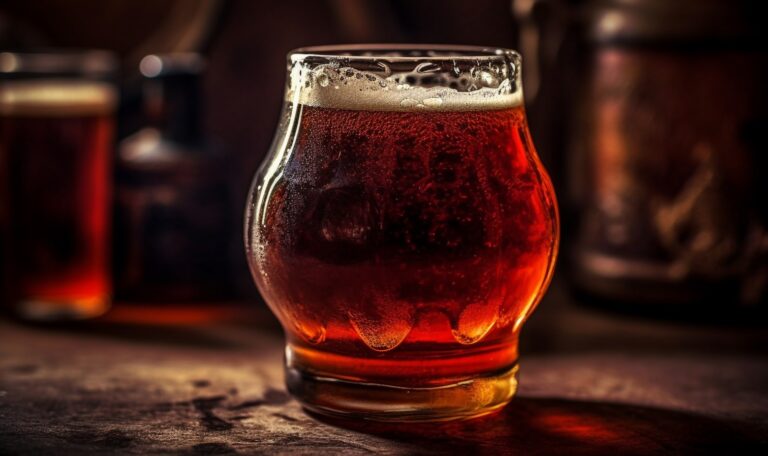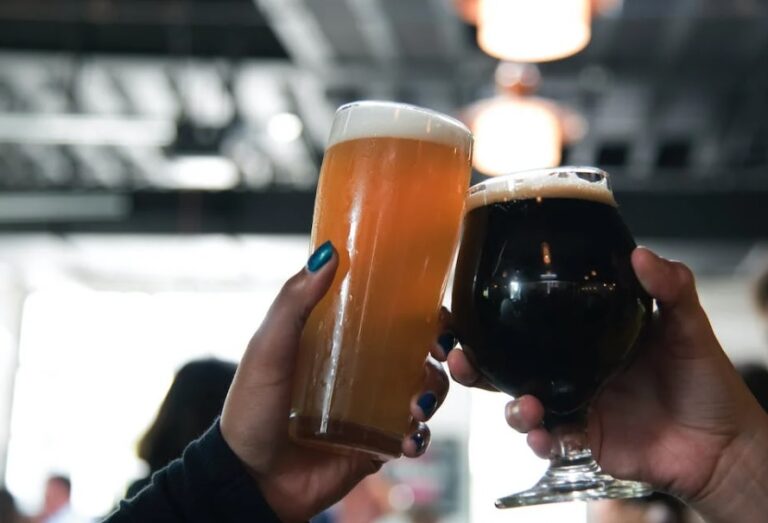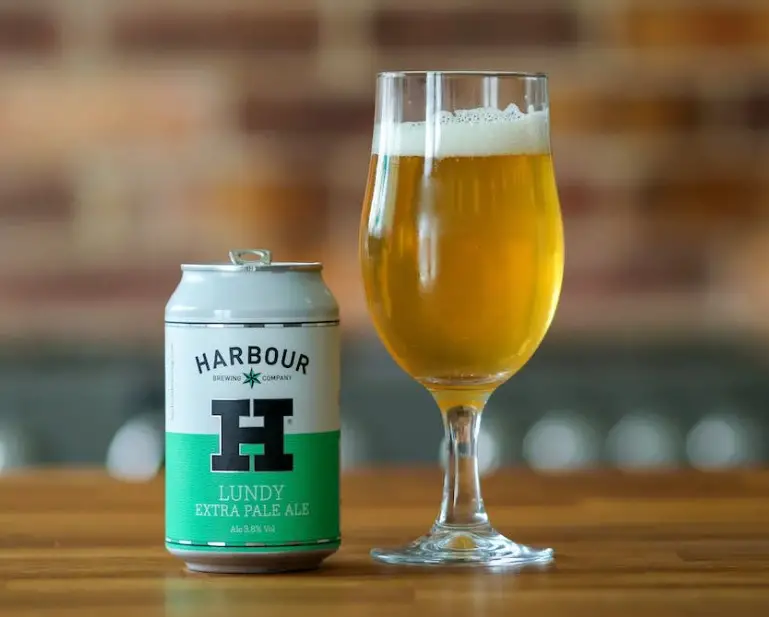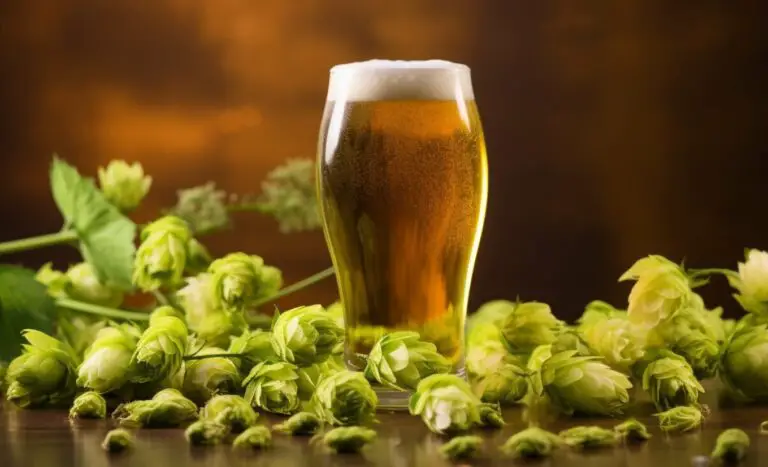How Many Carbs In A Sour Beer?
Beer is bitter, right? We love that bitter taste that also creates a delicious after-taste… But maybe you should give your taste buds a little surprise and try sour beer. Yes, you read that right; beer can also be sour.
Follow us on Instagram!
What are Sour Beers? How Many Carbs in A Sour Beer?
There are many sour beers to choose from. In fact, there’s an entire category of sour beers, including the German Gose beer and the Berliner Weisse, but also the Belgian lambic and gueuze beers and the Flemish red ales. Sour beers are defined by their acidic, sour, and tarty taste. They are traditionally brewed in some areas in Europe, but are becoming popular in North America as well (American wild ale is a perfect example of American sour beer).
Of all the weird, zany rumors that float around the internet, one of the most peculiar is that sour beer has fewer carbs and calories than other beers. To understand this better, you have to know that calories come primarily from alcohol and sugar (which comes from the malt that is used during the brewing process). Sour beers use less malt during production, but many brewers add secondary ingredients, like fruit purees and unfermentable milk sugars, to enhance the sour taste further.
Most sour beers have lower carb and calorie levels, but only by a little. An average 12 oz can of sour beer (355 ml) has about 20 to 23 grams of carbs, and about 140 to 160 calories, depending on the brewer and type of sour beer. These figures can go up and down, depending on the alcohol levels in the beer. Some sour beers low in alcohol (ABV 4.2 percent) can go to as low as 100 calories, while sour beers richer in alcohol (ABV 7 to 8 percent) can go up to 250 calories. Carb levels can also vary from 15 to 30 grams per 12 oz can.
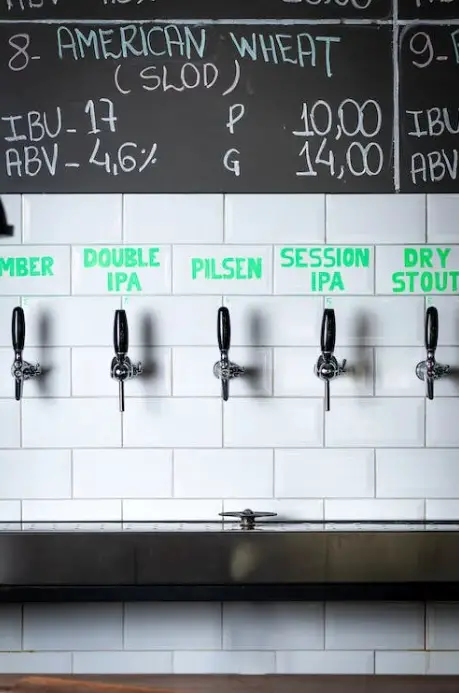
How Are Sour Beers Made?
Modern beers, including lagers and stouts, are made in ultra-sanitary, controlled environments designed to stop the intrusion of wild yeast. On the other hand, sour beers are made with the opposite approach in mind – brewers intentionally add wild yeast strains and other bacteria into the brew during the fermentation process. The wild yeast strains are usually added during the cooling of the wort when the barrels are left open outside.
Wild yeasts add extra acidity to the beer, prolonging fermentation. Most sour beer manufacturers add wild bacteria strains like Lactobacillus, Pediococcus, and the fungus Brettanomyces. Some brewers may add other ingredients to enhance the sour taste, like fruit purees, citric acid, and other acids to make the malt taste more sour.
Because of the fermentation’s complexity, as more yeasts and fungi take part in the process, sour beer takes longer to produce. Some brewers even let it for months to mature, after the fermentation process is complete. Major commercial sour beer producers use modern technology to speed up the process to several weeks at most.
Sours Beers and Modern Breweries
Sour beers were produced only by certain brewers because the process was more complicated and risky. If the process is not correctly applied, the entire batch may be lost. This is why only a few breweries are specialized in sour beers. The oldest brewery that still produces sour beer is Rodenbach Brewery in Roeselare, Belgium. Established in 1836, the brewery brews a wide range of sour beers, known as lambics in Belgium. By the late 1800s, sour beers spread to other Northern Europe and North American countries. Sour beers are also popular in the United Kingdom, where several brewers make them, like Elgood’s, Brewdog Overworks, Mills Brewing, Vault City Brewing, Goodh, Docks Beers, Shindigger, and many others.
So… How Many Carbs in A Sour Beer? The answer is that it varies, but it’s typically lower than your average commercial lager.

I am a young architect with a passion that goes beyond blueprints… it’s beer! undertherosebrewing.com is more than just a blog, it’s a manifestation of my lifelong dream to explore, read, and learn everything about beer. Join the blog on this unfiltered and genuine adventure into the heart of beer culture. Cheers!

